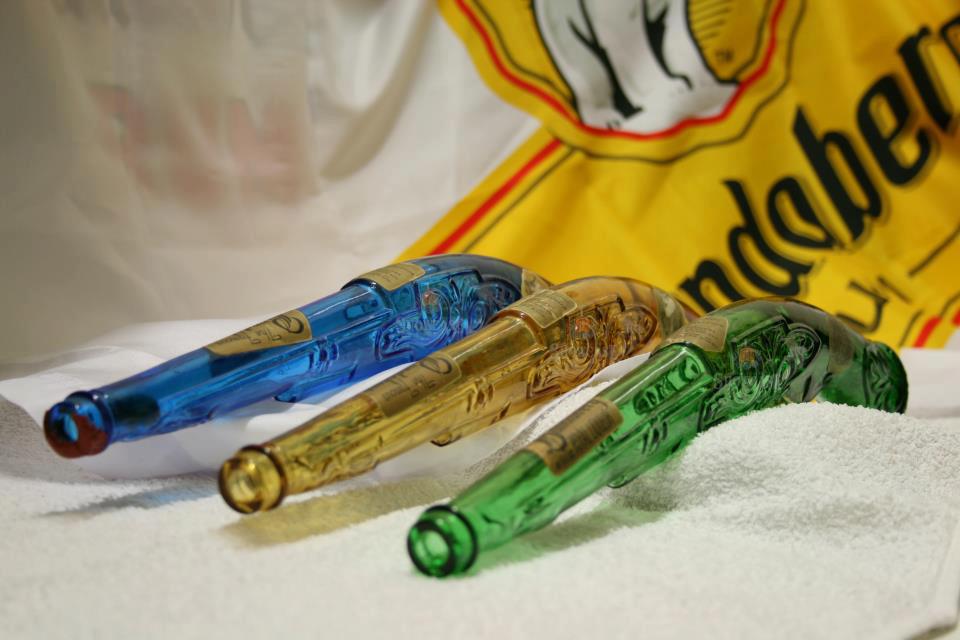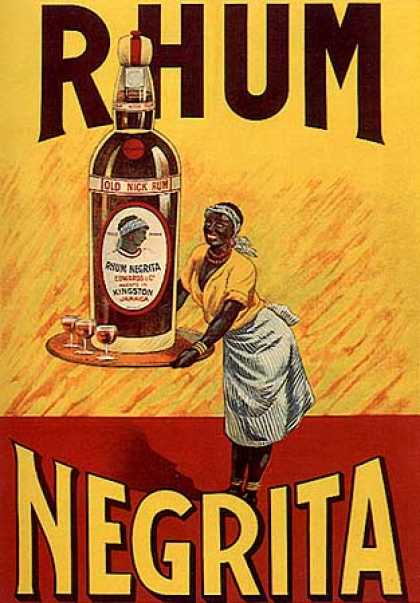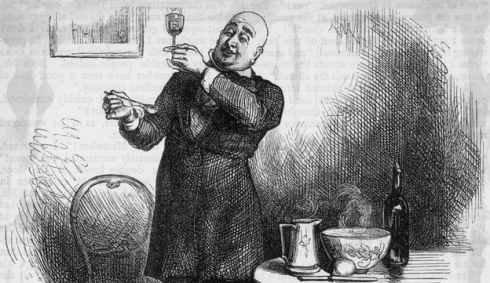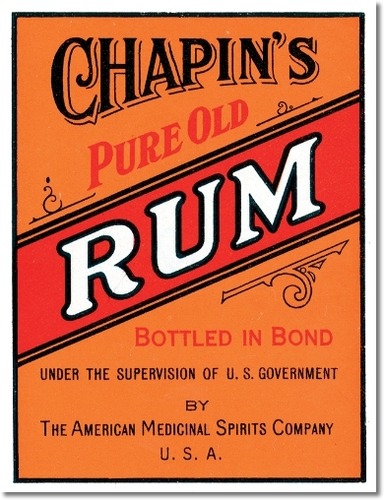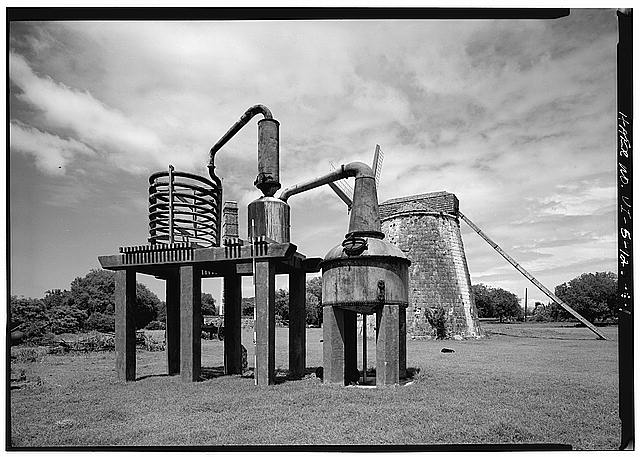Originally posted 08 February 2013
I am always interested to find historic songs about rum, and I heard one at the Riverside Dickens Festival last weekend. A duo who perform as Bob’s Yer Uncle (note: not the 90’s Canadian rock band with a similar name) sang this cheerful ditty of the dangers of overindulging in grog.
The song is called “Ben Backstay” and if you try to look it up, you are liable to get a much different song, a sad tale of a British sailor who perishes in a shipwreck, breaking the heart of his lady love. That tragic tale has an identical name and rhyming scheme to the one about the meeting of sailor, rum, and shark. This is not an accident; the serious song dates to 1803, and it extolled the bravery of British seamen during the Napoleonic Wars. The comic version, which is sung to a much more jolly tune, probably dates to around 1826, when it appeared in a book called The Universal Songster. This is not a shanty, which is a work song, but a forebitter, a song that is sung at the end of the day just for fun. The fellows in Bob’s Your Uncle seem to be having plenty of fun with it, and it was well received in their shows.

